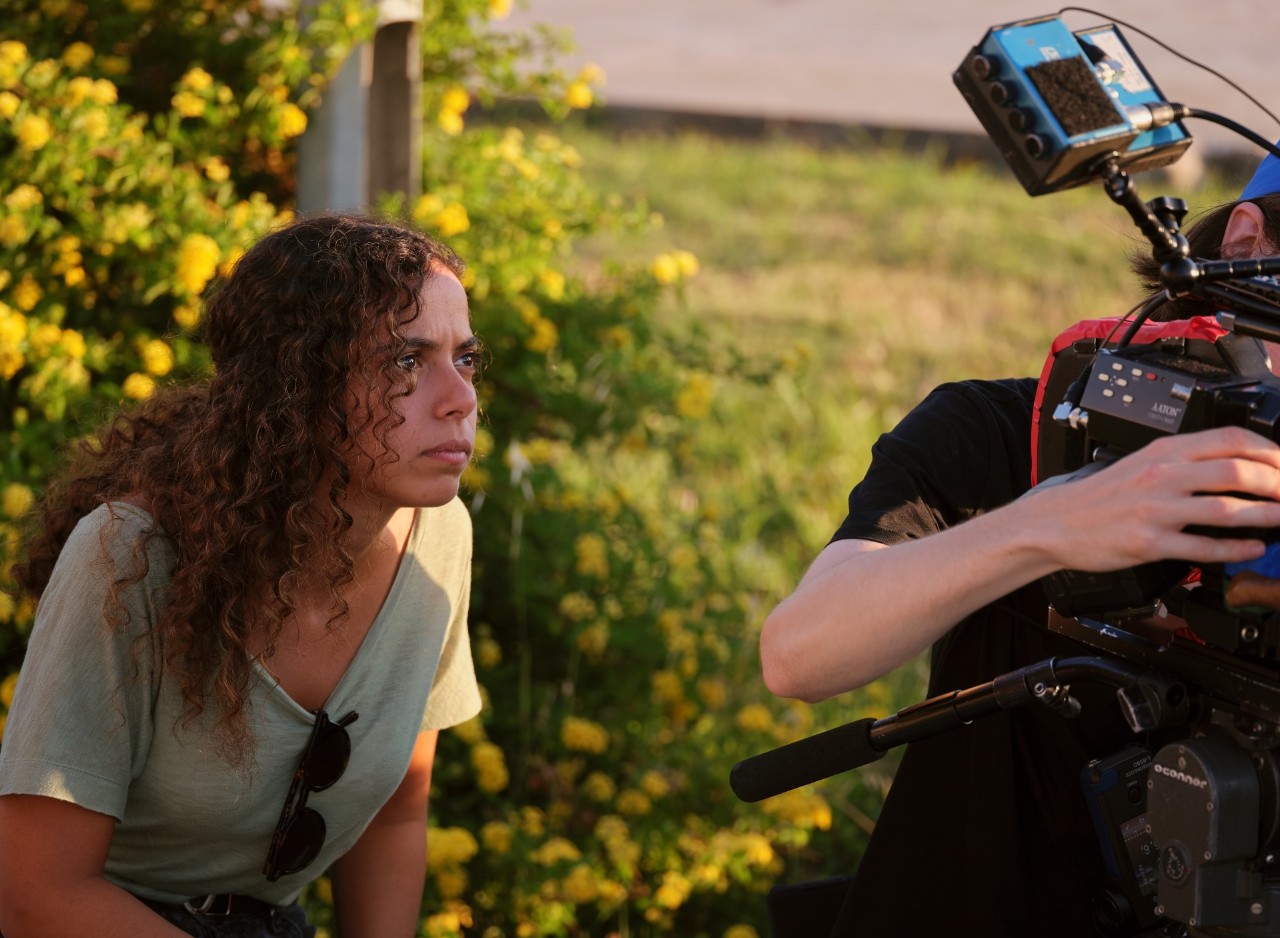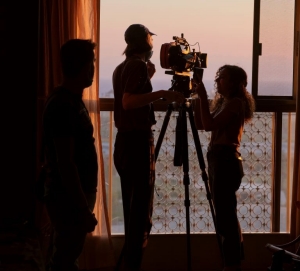Roots as a filmmaker
For more than three years now, Lebanon has been facing an economic crisis that the World Bank has called one of the 10 worst globally since the 19th century. Experts say its roots are in the decades of corruption and mismanagement of a political class that has ruled since the end of the civil war in 1990.
Joumaa saw — and smelled — the impacts of that negligence as a teen during the start of her country’s garbage crisis in 2015. Taking to the streets in protest, her interest in documentary film took off at the same time as her political awakening, she says.
At Concordia, Joumaa excelled in film studies and was one of a select number of students chosen to also take film production classes.
One of her biggest takeaways from her time at her alma mater was the amount of freedom that film studies professors would give students to explore what they were interested in. She says it was this freedom that allowed her to hone her focus on the political subject matter at the centre of To Remain in the No Longer and most of her other video work.
Another big plus was the sense of community across the film department, she says. “You would expect much more competitiveness because it’s a competitive field, but everyone just helps each other. We all worked on each other’s sets.”
‘Situating architecture within larger social and political contexts’
Three Concordia grads worked with Joumaa on To Remain in the No Longer: Director of photography William Albu, BFA 20; editor Kayla Fragman, BFA 21; and sound mixer Louis Parent, BFA 20.
Joumaa took an initial solo trip to Lebanon in February 2022 to research and scout for locations, followed by a month-long trip with Albu in June and July to actually shoot the film.
Her year-and-a-half residency at the CCA was also crucial to the project, she says. Not only did the CCA provide the funds for the film and a space to conduct research, but they were also true collaborators.
“It was amazing to see that openness,” she says. “Even though they are a research institution and museum focused on architecture, they are also interested in situating architecture within larger social and political contexts.”
The final result is a 38-minute experimental documentary employing archival materials, 16-millimetre and digital film, and interviews with urban planners, architects and residents of Tripoli. It’s a meditative work that gives voice to locals and uses the aborted futuristic fairground as a lens to see the collapse beyond the site.
It’s also an invitation to think about failure, says Joumaa.
“Failure is something that we don’t really think about, especially in architecture, where there is this discourse of positivism. But it was a main interest for me here — especially how and why things fail — and so maybe the film can be a way for audiences to think about failure and what it means for them.”


 Joyce Joumaa, BFA 22, says she “wasn’t really interested in an accounting of the fairground’s history with this documentary. It was more about trying to parallel this idea of collapse that exists within the concrete structures, but that also exists in the current economy of the country.” | Photo: Oumayma Ben Tanfous
Joyce Joumaa, BFA 22, says she “wasn’t really interested in an accounting of the fairground’s history with this documentary. It was more about trying to parallel this idea of collapse that exists within the concrete structures, but that also exists in the current economy of the country.” | Photo: Oumayma Ben Tanfous
 Joyce Joumaa, BFA 22, and director of photography William Albu, BFA 20, on the set of To Remain in the No Longer. | Photo: Oumayma Ben Tanfous
Joyce Joumaa, BFA 22, and director of photography William Albu, BFA 20, on the set of To Remain in the No Longer. | Photo: Oumayma Ben Tanfous